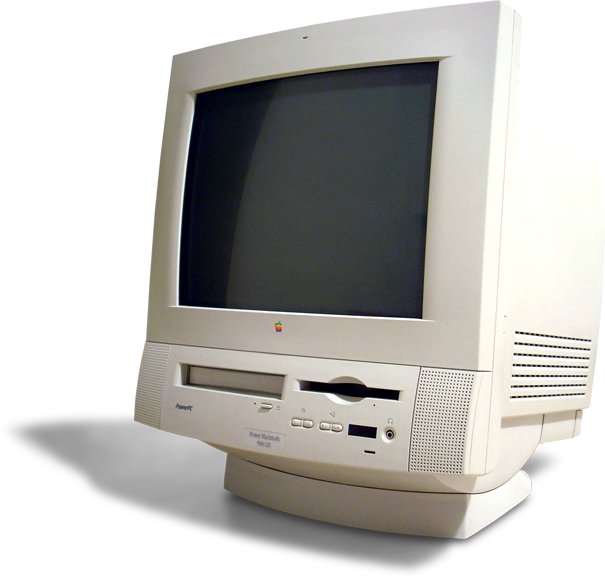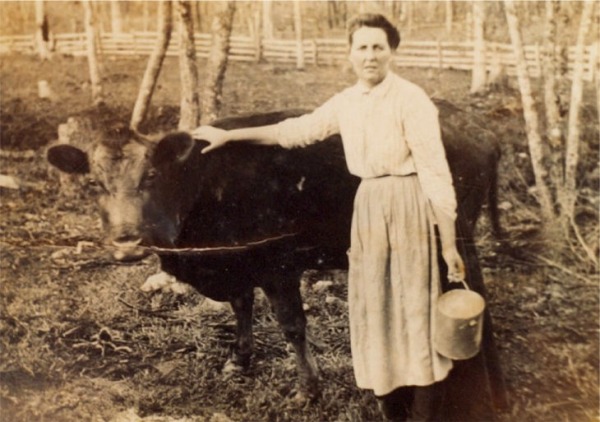
Vintage 1997: The Power Macintosh 5500
It’s amazing how much abuse Macintoshes used to take from people who thought that Microsoft should, and would, rule the world. I put up with this for virtually my entire career in newspaper publishing. But without, I hope, being too boastful, I think the entire world now sees what we technology heretics saw decades ago.
I offer as evidence a piece I wrote in the San Francisco Examiner on Jan. 12, 1997. Because the Examiner closed in 2000 and its staff merged with the staff of the San Francisco Chronicle, this piece is now in the archive of the San Francisco Chronicle. The article’s headline is: “Next Up for Apple: Saved by Unix?”
What had happened then was that, in December 1996, Apple acquired NeXT, the company Steve Jobs had started after he was ousted from Apple in 1985. In July 1997, Jobs returned to Apple as CEO and started Apple’s Renaissance, including the development of the current Mac OS X operating system.
My article in the Examiner was published on a Sunday. Apple’s stock price the Friday before was $17.62 a share. As of today the share price is about $196, more than 11 times higher. In this piece, I argued that Apple was now on the right track, technically. However, I took no position on whether Apple’s technical strategy would succeed in the market, because the market is so fickle and Microsoft was so predatory.
That article, by the way, was noticed by investors and was widely cited. I, however, didn’t have the good sense to buy Apple stock.
I might also mention that, in my role as editorial systems director for the Examiner, I had the opportunity to talk with Gil Amelio when he came in to meet with the Examiner’s editorial board. This was during Amelio’s last months as Apple CEO, just before Steve Jobs returned as CEO. Amelio, in my opinion, deserves far more credit for Apple’s turnaround than he is generally given. I also had the opportunity to participate in a workshop with Apple’s human interfaces design team when they were designing and testing the look and feel of Mac OS X.
Remember when NASA used to thrill us with space age technology? No more. These days, who does, other than Apple? To build the beautiful human interface of Mac OS X on top of a Unix (FreeBSD) was an amazing feat.
Still, to my mind, the greatest computer operating system ever developed is Sun’s Solaris, a true Unix. Oracle bought Sun Microsystems last month. I hope Oracle respects what they now own.






